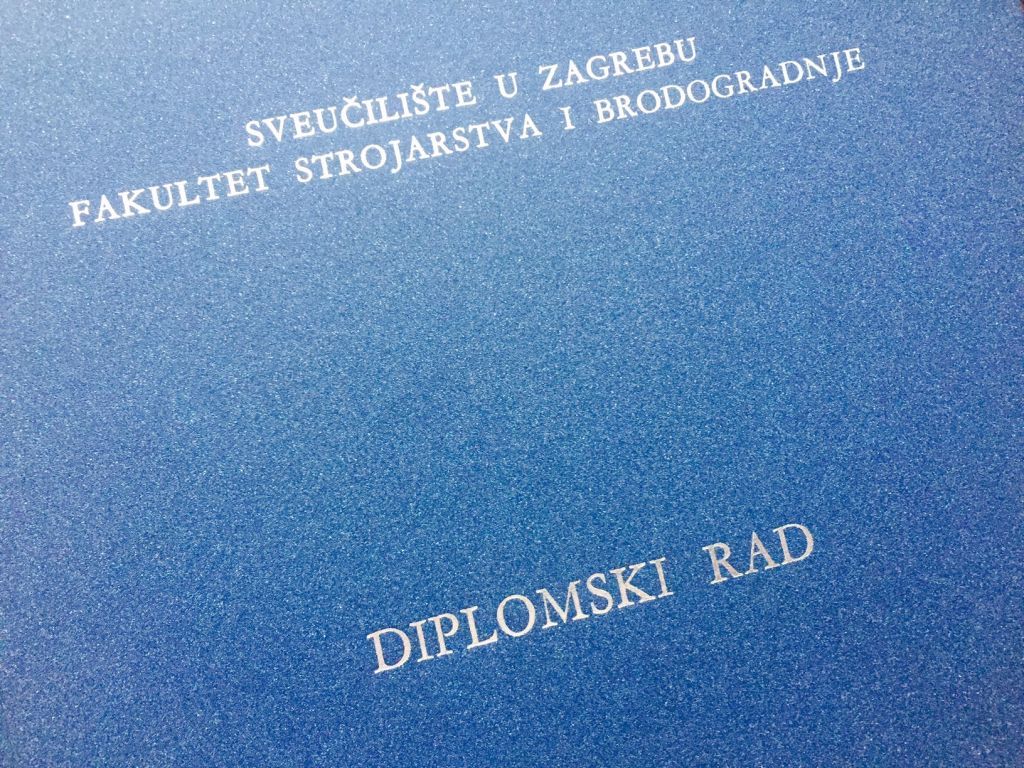Dental prosthetics is a branch of dentistry that involves replacing a natural tooth with an artificial one. The traditional process of producing dental prosthesis requires a lot of consumable materials and manual labor. The goal of digitalization of the process is to facilitate and speed up the process of making dental prothesis and to reduce the use of consumable materials. The digital process of manufacturing a dental prosthesis starts by making a digital impression of the teeth with a 3D scanner. Once a digital dental impression is obtained, the geometry of dental prosthesis is modeled based on this data by using dental CAD programs. These programs are intended only for modeling dental prosthetics. When the dental prosthesis is modeled, the CAD model is processed in the dental CAM program to be produced on a CNC milling machine. The CAM program produces G-code based on input data (position and orientation of the model, material that will be used, type of prosthesis, raw material shape) and differs from other CAM programs in that it contains predefined settings for manufacturing dental prosthetics. The CAD-CAM system has been implemented to digitize the production of dental prosthetics in company Neo Dens and a few examples of the manufacturing process of making individual prosthetics will be presented (individual abutment, bridge and metal construction for ceramics on multi-unit abutments) as well for the 3D printed working model.

Hrvoje Josić
2019
Master thesis